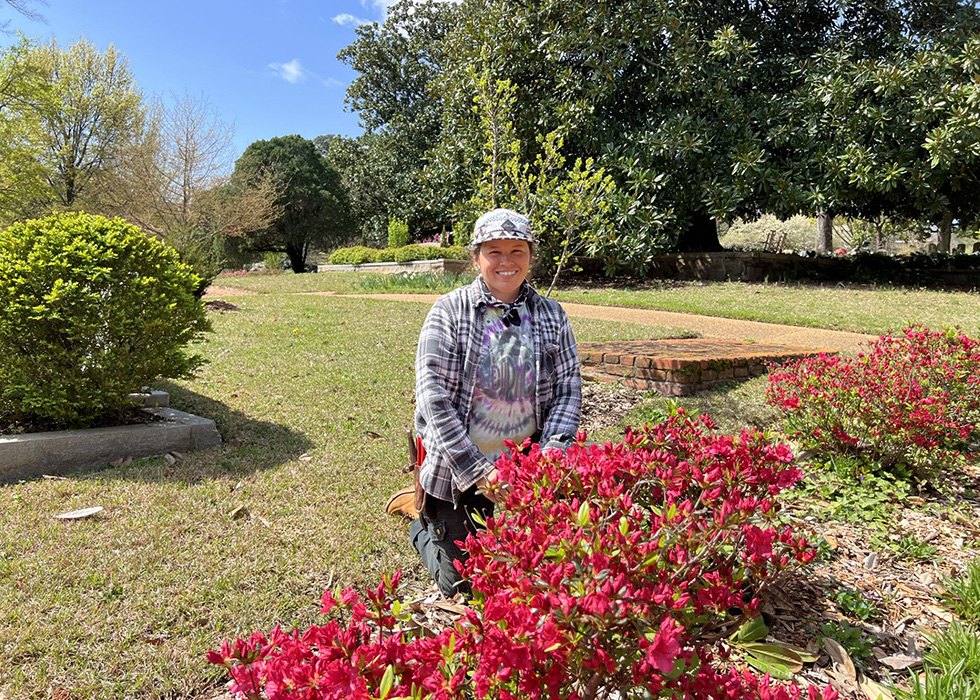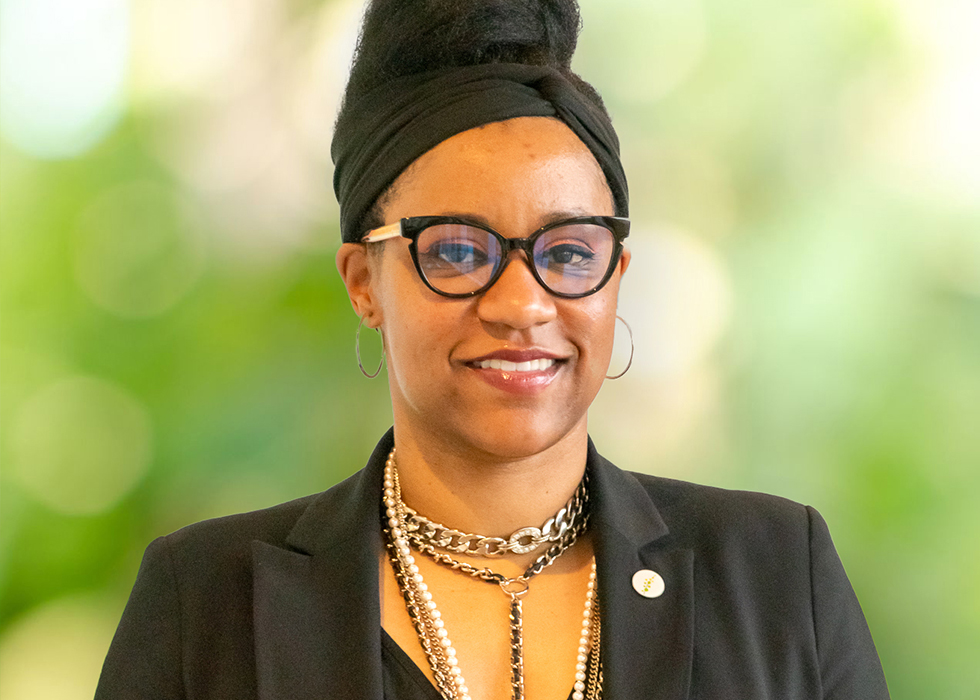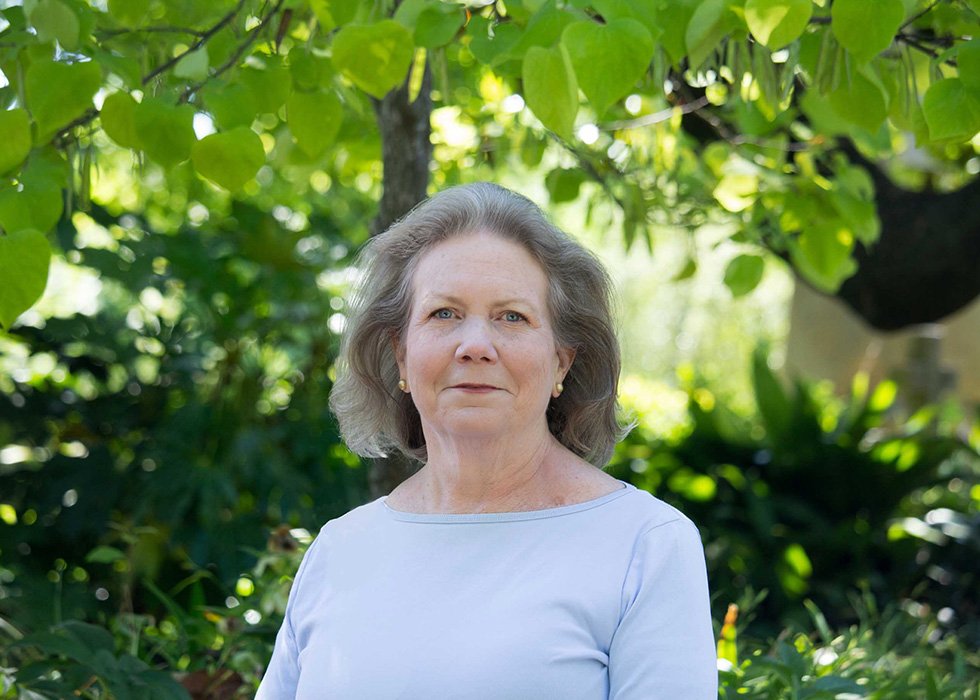
Edgewood’s Historic Daffodils
by Hilary Hart
Georgia Daffodil Society Member

Spring is daffodil time, especially at Historic Oakland Cemetery; take a stroll and you will find an astonishing hosts of daffodils. There are the familiar yellow trumpets, but also delicate small-cupped daffodils, clutches of jonquils or tazetta florets, and explosions of frilly double daffodils. While planting daffodils at gravesites was and remains a tradition, few original plantings survived subsequent years of mowing at Oakland Cemetery. The daffodils you do see, including many historic varieties, have been added under the guidance of plant historian Sara Van Beck. Many have also have been salvaged from elsewhere.
Atlanta’s Edgewood neighborhood is another place to see historic daffodils (varieties introduced to the horticultural trade before 1940). Situated south of DeKalb Avenue, east of Moreland Avenue and bordered to the south by Interstate 20, Edgewood is home to many daffodils that long ago disappeared from plant catalogs and garden centers. So many historic daffodils persist in Edgewood because it is historically a working-class and largely African American neighborhood. While people of means bought the latest bulb varieties from catalogs and nurseries, gardeners with tighter budgets resourcefully filled their yards with pass-along plants, those varieties that have survived in gardens for decades by being handed from one person to another. Daffodils make great pass-alongs since their bulbs multiply over time and can be easily divided and shared. Varieties that were replaced by “new and improved” cultivars in the horticultural trade thus live on in the yards of Edgewood.

Among the historic daffodils found in Edgewood are a number of “Butter and Eggs”-type, including the heavily ruffled ‘Telemonius Plenus,’ introduced before 1620 and called “the green mop” by Texans because of its tendency to get hung up upon opening. Another common sight in Edgewood is the large-cupped daffodil ‘Helios.’ It was a hybridizer’s attempt at an orange cup but was dropped from the market by about 1950. Also abundant is the dainty ‘Stella Superba,’ introduced in 1899 as an improvement on ‘Stella,’ but which disappeared from the market before 1920.
At least one unidentified daffodil has been found in the neighborhood. The Floyd family has been in Edgewood since the 1950s, and their matriarch, 97-year-old Miss Grace Floyd, was an avid gardener in her day. Her front yard, a model of tidiness thanks to the efforts of son Perry, features dainty white daffodils that have defied identification.
Miss Floyd does not recall their name, and daffodil specialist Sara Van Beck is stumped but “smitten” by the redoubtable daffs. It may be that the cultivar name is lost. Hybridizers and bulb companies (especially in the 1800s) developed and sold flowers with very subtle differences and then dropped them when cultivars with similar traits appeared. Miss Floyd’s daffodil was likely listed in the catalogs of the day, but descriptions were often meager and illustrations rare, making a positive identification difficult.
Edgewood is currently undergoing gentrification. Houses built in the 1930s and 1940s are being torn down to make way for grander, pricier homes. Lost in this process are the remnants of gardens kept by older residents, including the historic daffodils that continue to bloom each winter and spring. Keeping ahead of the bulldozers is a group of volunteers from Oakland Cemetery. They “rescue” daffodils from the yards of homes slated for demolition and move the bulbs to suitable locations in the cemetery. To honor their origins in a historically black neighborhood, the daffodil bulbs will ultimately be planted in the African American Grounds section of the cemetery when its hardscape restoration is complete.

Hilary Hart taught literature at the University of Oregon before moving to Atlanta in 2009. Since then she has honed her horticultural skills and plant knowledge as a volunteer at Atlanta Botanical Garden and in various nurseries and garden centers in and around Atlanta. As an ABG volunteer, she worked in the tropical house, tended greenhouse plants, hunted populations of Georgia aster (Symphyotrichum georgianum) across three states, and tied epiphytic orchids to trees in the swamps of Florida.



